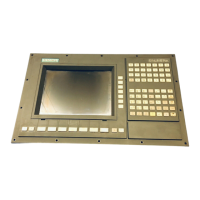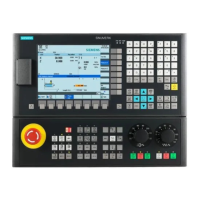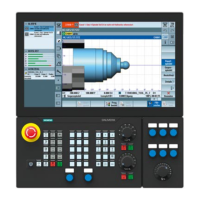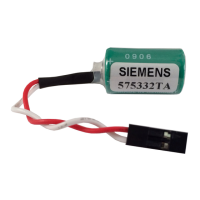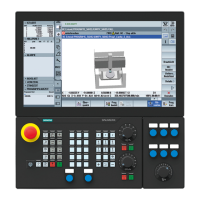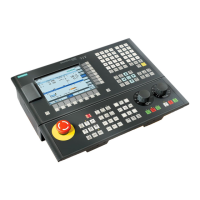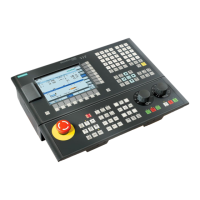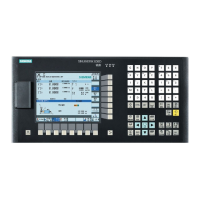Creating Foreign Language Texts with Windows 2000/ 2003/ XP (TX2) 08/2005
3 Input of Text
© Siemens AG, 2005. All rights reserved
TX2/3-26 SINUMERIK 840D sl/840D/840Di/810D Commissioning CNC Part 2 (HMI) (IAM) – 08/2005 Edition
Note
It can be useful to switch the keyboard layout to "U.S. International" which
corresponds mainly to the American keyboard, but additionally contains 5
diacritical characters and provides many special characters.
3.4 Using a different keyboard layout
Necessity for changing the keyboard layout
When is a change in the keyboard layout necessary?
• If you have to enter a lot of text.
• Your translator, who is used to a certain language-specific keyboard, wants
to use your PC.
However, if you (as a German) only need to make smaller changes to existing files,
then the German keyboard layout may be enough provided there are only a few
special characters which cannot be represented with the German keyboard. You
can enter these characters using the Character Map.
Example
In Hungarian for example, you would have to enter these characters as follows:
•
őŐűŰ (O double-acute, U double acute) via the character map
•
öÖüÜ directly
•
áÁéÉíÍóÓúÚ compound input
3.4.1 Concept of the keyboard language property
Windows manages pairs for the keyboard consisting of language ("Input
language") and keyboard layout.
The set keyboard language determines which language property is assigned to the
entered characters.
The associated keyboard layout will determine which key produces which
character.
Several such settings can be set up and switched between. One of the settings is
defined as the default setting.
The keyboard driver assigns the entered key characters a "language property".
This defines that this piece of text has been created in this language.
Windows uses the term "Input language" as this can be used not only to switch the
language properties, but also to select settings such as currency, date format etc.

